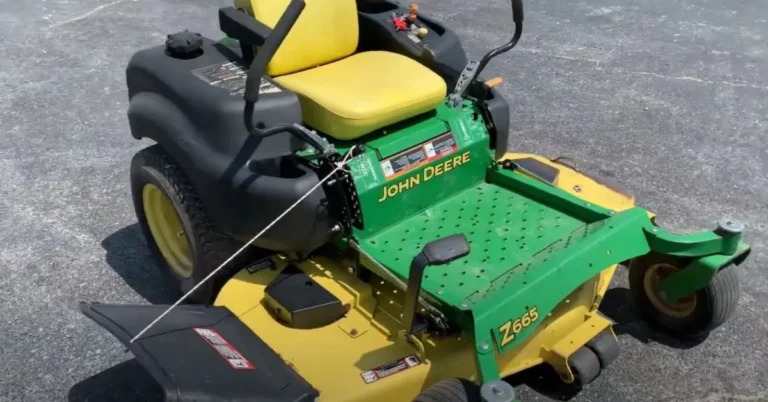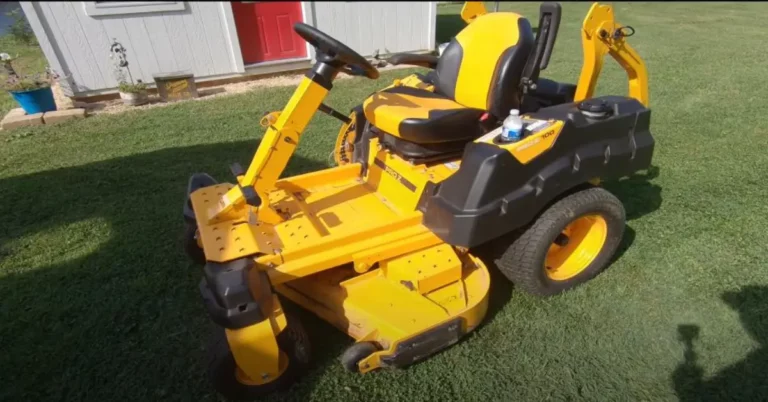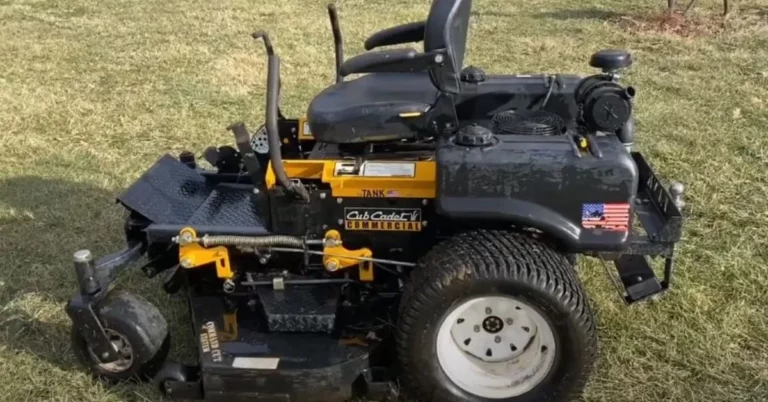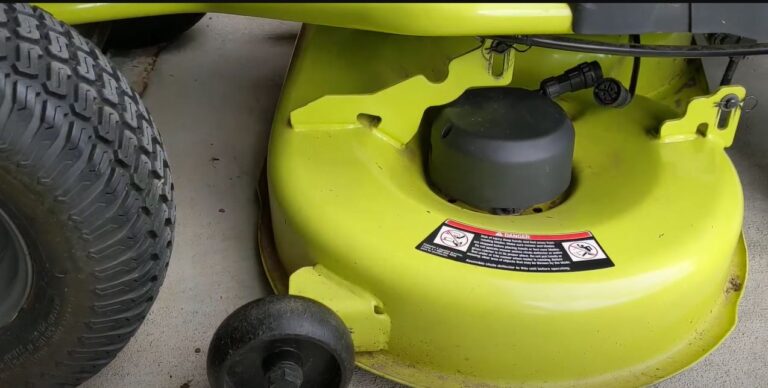List of 10 John Deere Zero Turn Steering Problems (Fixed)
As a lawn mower user, you may experience some common issues with your John Deere zero-turn steering. However, don’t fret, as most issues can be easily fixed.
Some common John Deere zero-turn steering problems are electrical issues, steering not turning or getting stuck during the operation, wheel bearings loose, faulty spindly assembly, etc.
Dealing with these steering faults can be simple if you identify them early on and take steps to fix them.
In this blog, I’ll discuss the 10 most frequent John Deere zero-turn steering problems and offer ideas for fixing them.
Top 10 Most Common John Deere Zero Turn Steering Problems | With Solution Guide
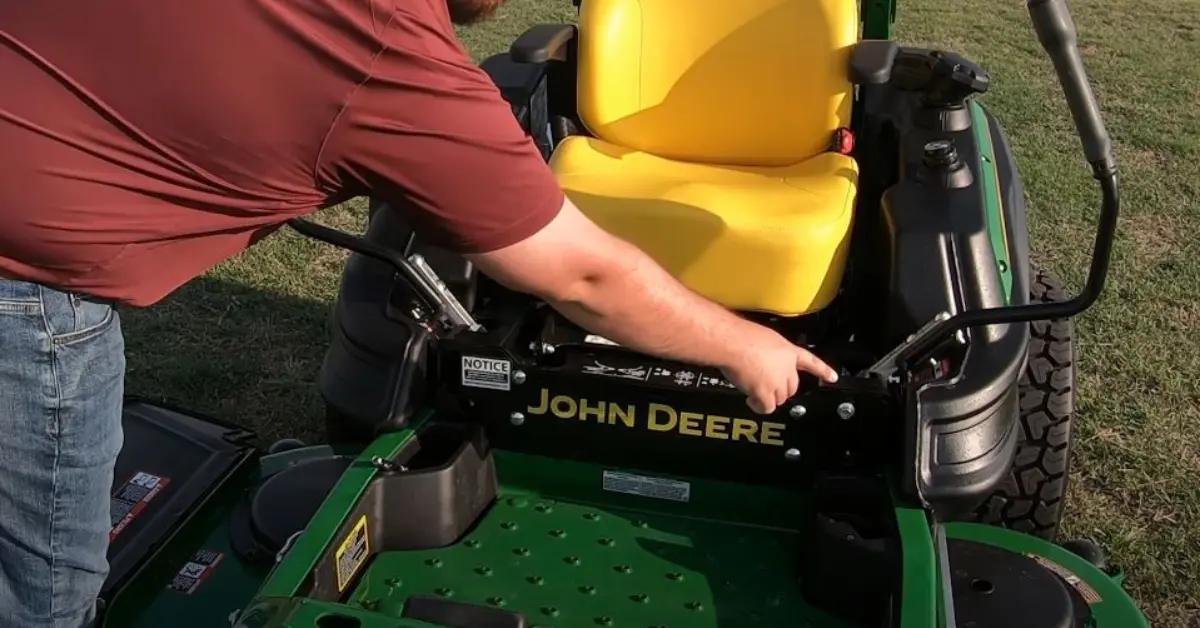
1. Wheel Bearings Issue
One common John Deere zero-turn steering problem is wheel bearing failure. This is usually indicated by a loud squeaking sound coming from the wheels.
To fix this issue, follow these steps;
- First, jack up the mower and remove the wheels.
- Grease the bearings and replace any worn-out bearings.
- Make sure to use high-quality bearings to prevent this issue from reoccurring.
2. Bent or Broken Steering Shaft or Gear
After frequent mover use, you might experience your John Deere zero-turn steering being a bent or broken steering shaft or gear.
This often results in losing agility and accuracy when turning your mower.
Fixing this problem might require replacing bent or broken parts with new ones. However, it should be a fairly straightforward repair.
Unfortunately, you cannot repair a broken steering shaft (without prior knowledge). Consider getting professional help to ensure all pieces are always fitted back in their intended locations.
3. Difficult Turning and Slipping Out of Gear
A common problem with your zero-turn steering is difficulty turning or slipping out of gear. The likely cause of this issue is a damaged spindle assembly.
Over time, the spindle assembly might become bent or damaged, making it difficult to turn your mower. To fix this issue, replace the spindle assembly with a new one.
4. Faulty Spindle Assembly
Faulty spindle assembly is a major issue you might experience with your zero-turn steering. This issue is often marked by unusual noises, such as grinding or chirping.
To fix this, identify the spindle causing the problem and replace it with a new one. You should also get expert advice on the type of spindle assembly that will match your mower.
5. Incorrect Tire Pressure
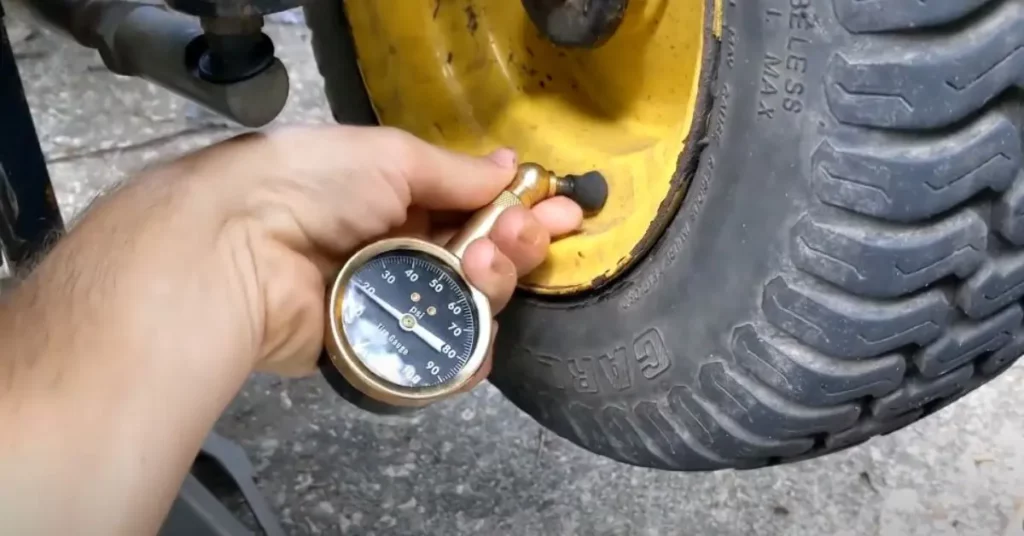
Driving with incorrect tire pressure can cause swear issues. The tires should always be properly inflated to the recommended pressure level. Tires can lose air due to many reasons.
Overinflated or under-inflated tires might cause difficulties when steering your mower or even result in the tire slipping. Make sure to check your tire’s pressure level before use.
6. Loose or Worn Steering Electrical Wiring
One of the most frequent steering system problems with John Deere zero-turn mowers is faulty or worn-out electrical wiring.
A loose wire or connector can cause signals to not travel correctly to and from the steering mechanism.
The first step is carefully inspect all wiring, connectors, and fuses. If the cause of the problem is bad wiring or a disconnected connector, fix the wiring, and reattach the connectors.
7. Steering Wheels Tend To Be Unresponsive
If you’re driving your zero-turn mower, and the steering wheel feels stiff, unresponsive, or erratic, it can signal a power steering problem.
The most frequent reason for this issue is air in the power steering lines. Start with checking the power steering fluid levels.
If it is low, refill it to the adequate level. Inspect the power steering system for leaks or cracked hoses that may allow air to enter.
8. Air in Power Steering Lines
The steering wheel may feel stiff or jerky if you hear strange noises while steering. This could be another sign of a faulty power steering system.
To solve this problem:
- Remove the air bubbles from the power steering lines.
- Find the power steering pump and extract its reservoir cap.
- Now, fill the reservoir with power steering fluid.
- After filling the reservoir completely with fresh fluid, start the engine.
- While the engine is running, turn the wheel to one side and then to the other.
- Repeat the above step several times to work out any bubbles that may be in the lines.
9. Worn Out Tie Rods & Steering Rack
Tie rods and the steering rack are essential parts of the steering mechanism on your John Deere zero turn. Over time due to wear, these components can become loose or damaged.
This may cause various steering difficulties, including looseness, stiffness, and jerky steering.
The solution to this problem is to inspect the tie rods and steering rack for any damage, wear and tear, or corrosion. If any of them need replacing, make sure to do so promptly.
10. Stiff or Jerky Steering Arms
If your steering feels off and you’re struggling to maneuver the motor, the steering arms could be causing the issue.
Typically, the cause of this problem is a lack of lubrication and a buildup of dirt and debris on the moving parts.
The solution is to inspect the steering arms carefully, clean them thoroughly, then apply a suitable lubricant to keep the moving parts functioning correctly.
Also Read: John Deere Hydrostatic Transmission Problems – (Fixed)
How to Prevent Steering Problems in John Deere Zero Turn Mowers?
The steering problems in John Deere Zero Turn Mower can be frustrating and dangerous, especially when navigating obstacles and tight spaces.
Here are some helpful tips and techniques to prevent steering problems in your John Deere Zero Turn Mower, ensuring a smooth and safe mowing experience.
1. Stay on Top of Maintenance
Like any machine, a John Deere Zero Turn Mower requires regular maintenance to keep it functioning optimally. One of the key areas to focus on is the steering system.
Check the steering components like linkage, ball joints, and tie rods regularly for wear and tear.
Tighten loose bolts and grease the system at recommended intervals. Also, keep the tires properly inflated, as low tire pressure can affect the machine’s steering.
2. Be Mindful of Your Mowing Habits
How you mow your lawn can also impact your John Deere Zero Turn Mower’s steering. Avoid mowing at high speeds and take turns slowly to reduce the wear and tear on the steering system.
Also, avoid sudden turns and jerky movements, which can stress the steering components.
Avoid driving over curbs or hitting rocks, which can damage the steering and other critical components.
3. Adjust Your Steering Settings
The John Deere Zero Turn Mower has adjustable steering settings that can help you customize the experience to your needs and preferences.
You can change the sensitivity of the steering control to suit your comfort level and adjust the resistance on the steering levers.
Experiment with different settings and see what works best for you.
4. Keep Your Blades Sharpened
Sharp blades can make a difference in how your John Deere Zero Turn Mower steers through the grass.
Dull blades can create uneven mowing patterns, causing the machine to pull to one side or the other.
In addition, dull blades can increase the strain on the engine, putting extra stress on the steering components. Make sure to check the blades regularly and sharpen or replace them as needed.
5. Invest in Quality Replacement Parts
When replacing any steering components or other parts in your John Deere Zero Turn Mower, don’t skip on the quality.
Always opt for genuine replacement parts from authorized dealers. Cheap counterfeit parts can cause more problems than they solve, leading to premature failure and damage to other components in the machine.
Following these tips can prevent steering problems in your John Deere Zero Turn Mower and ensure a smooth and safe mowing experience.
Also Read: John Deere 180 Transmission Problems – How To Fix Them?
Frequently Asked Questions (FAQs)
What Causes a Slipped Steering Gear in John Deere Zero Lawn Mover?
Numerous factors could lead to this problem. However, the most common reason is wear and tear over time.
To prevent this from happening, I recommend inspecting your steering system regularly and replacing worn parts promptly.
Why Is John Deere Zero Turn One Side Not Working?
There can be many reasons your mover on one side may not work. For instance, it could be improper use or a faulty hydraulic pump.
I advise checking the hydraulic oil level, replacing any damaged hoses, and ensuring you’re not placing too much weight on one side of the mower.
How to Turn-On a Zero Turn John Deere?
To turn on the mower, ensure your brake is engaged. Then move your handles to an outward position while pushing up the throttle on your mower’s right side.
Finally, turn your key to the “On” position. If everything is working correctly, your lawnmower should start working immediately.
Conclusion
John Deere zero-turn steering problems are not uncommon, but they are fixable.
From faulty spindle assembly to incorrect tire pressure, these issues are easily fixable with the right tools and little knowledge.
Regular John Deere zero-turn steering maintenance will keep your mower running smoothly and safely.
Identifying steering problems early on can prevent more severe defects in the long run.
In a nutshell, you can save yourself great stress by inspecting your mower regularly and calling a professional as soon as you detect a problem.

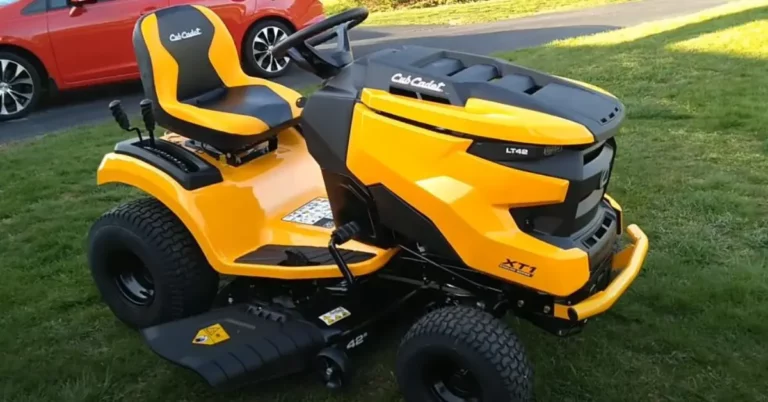
![7 Common Simplicity Zero Turn Mower Problems [Fixed]](https://yardcurator.com/wp-content/uploads/2023/06/10-Common-Simplicity-Zero-Turn-Mower-Electrical-Problems-768x402.webp)
